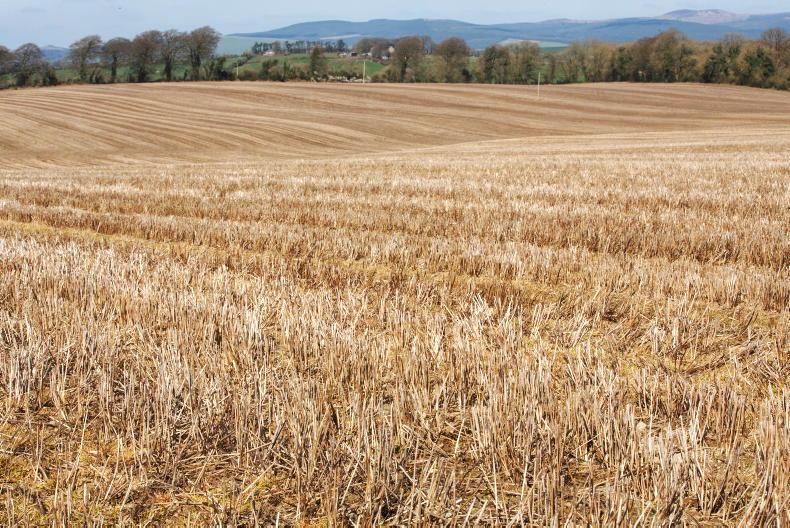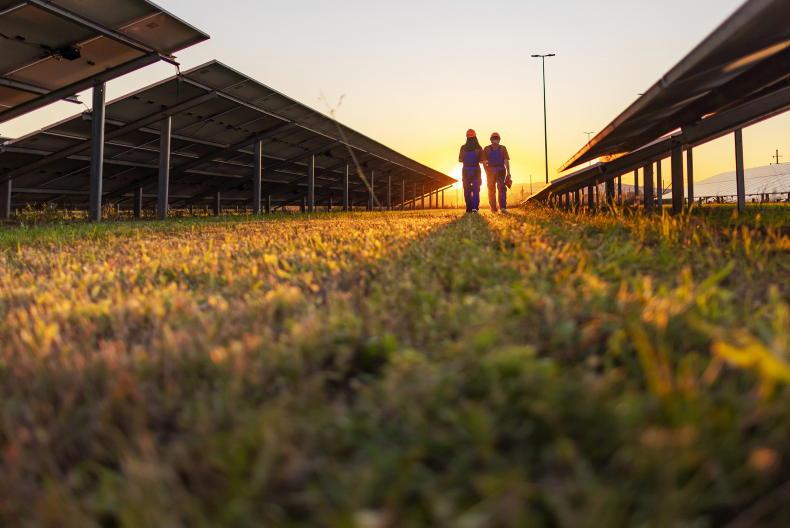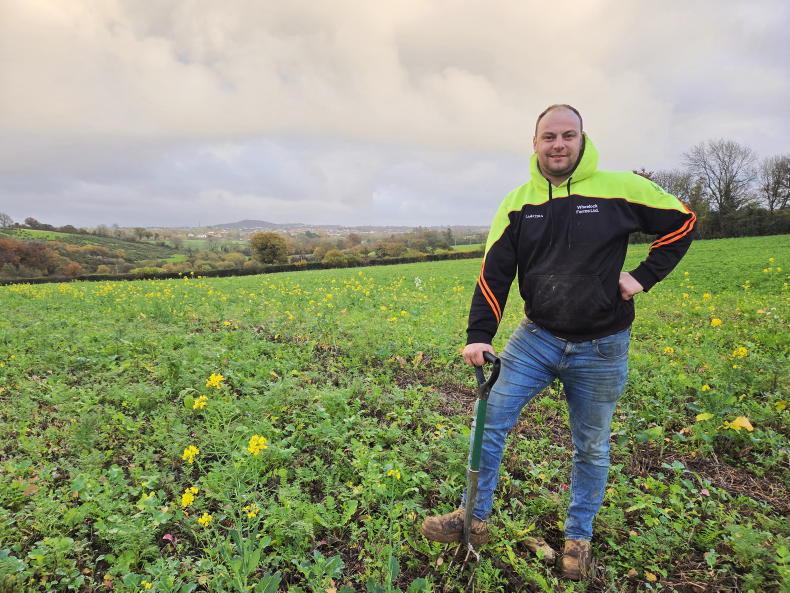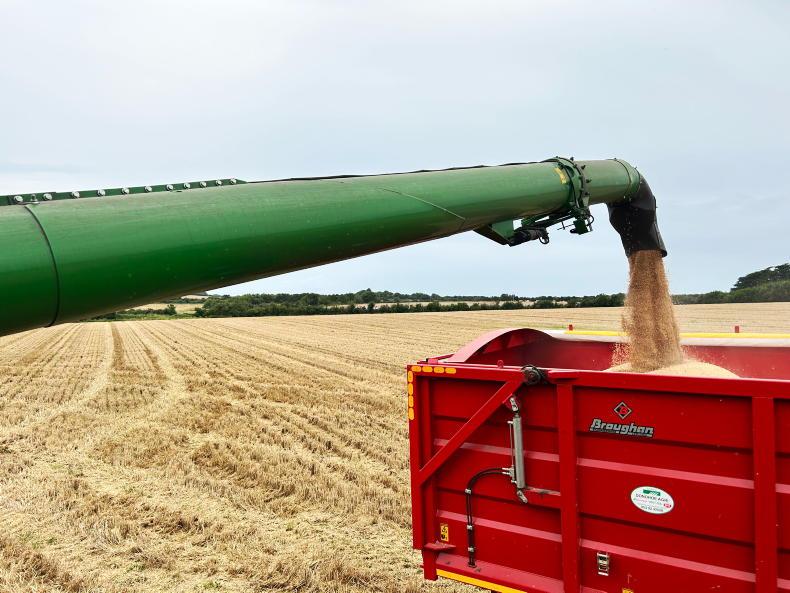Harvest continues: The broken week made harvesting difficult, but some growers still got some cutting done, especially in the southern half of the country.
Every cereal has now begun to come under the knife, but many crops are still no more than ripe.
Heavy rain and showers continue to cause problems.
There is already some brackling evident in spring barley and an amount of lodging is taking place under heavy showers in more vulnerable crops.
While the recent hot dry spell was very welcome, it does little to prepare crops for the consequences of a wet muggy spell at harvest.
For this reason, germination is a risk this year, if harvesting gets delayed by the wet and temperatures remain warm.
If crops are being prepared for the conditions that follow by the weather during early ripening, there will be a fear of sprouting and tetrazolium test failures if broken weather continues. These risks mean that there must be a certain urgency and priority to get crops cut when conditions permit, but not at high moisture. These are potential risks that only become real when identified.
Crop performance: Early yield indications from spring barley and winter wheat seem good, with very respectable yields from what looked like good crops. Proteins have been generally low in spring barley (one of those years), but I am hearing of somewhat higher proteins this week.
Many of the early spring barley crops are over 3t/ac, with a big proportion of these above 3.5t/ac and some even over 4t/ac. Moisture levels are generally back above 15% and more often in the 17% to 21% bracket. Some crops are even being cut at higher moisture levels, but this is hardly necessary yet.
Early winter wheat is coming in around 4.5t/ac, but it remains to be seen if this will continue. Grain quality remains good across all crops.
Many oilseed rape crops still await harvesting. Yields are variable to good to-date, with most sitting either side of 1.8t/ac and many reports above 2t/ac.
Burning off: With many crops maturing somewhat unevenly, especially the straw, it may be necessary to consider preharvest glyphosate application. But remember, this is not allowed on malting barley or seed crops. Other than these, use as little as needed to minimise the risk of residues being picked up in grain.
Back to planting time: With stubbles cleared and breaks in the weather for harvesting, next week is an ideal time to begin planting winter oilseed rape. Just make sure that the pH of the field is close to seven or apply lime to bring it up.
Consider applying high-N organic manures (pig or poultry) ahead of rape. These need to be incorporated immediately following application, with chicken litter subsequently ploughed down.









SHARING OPTIONS